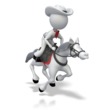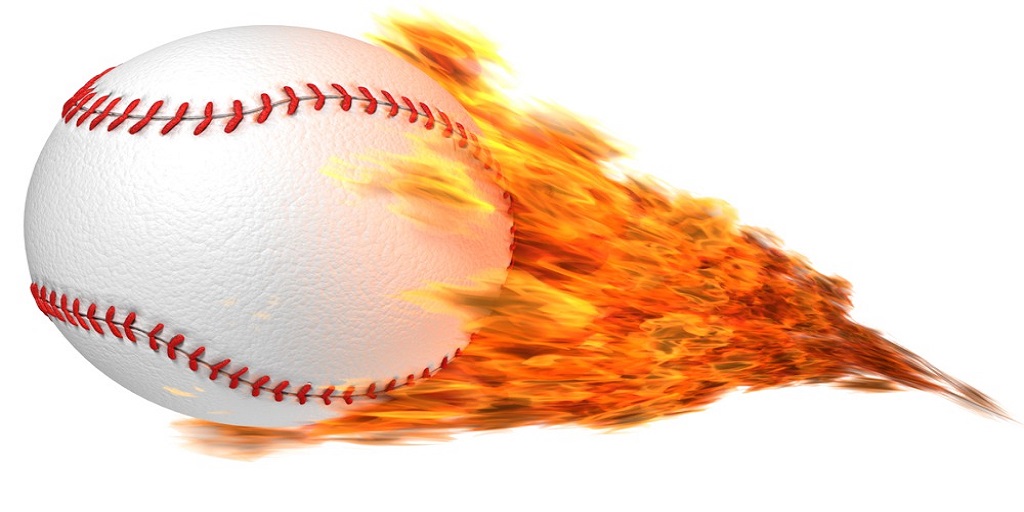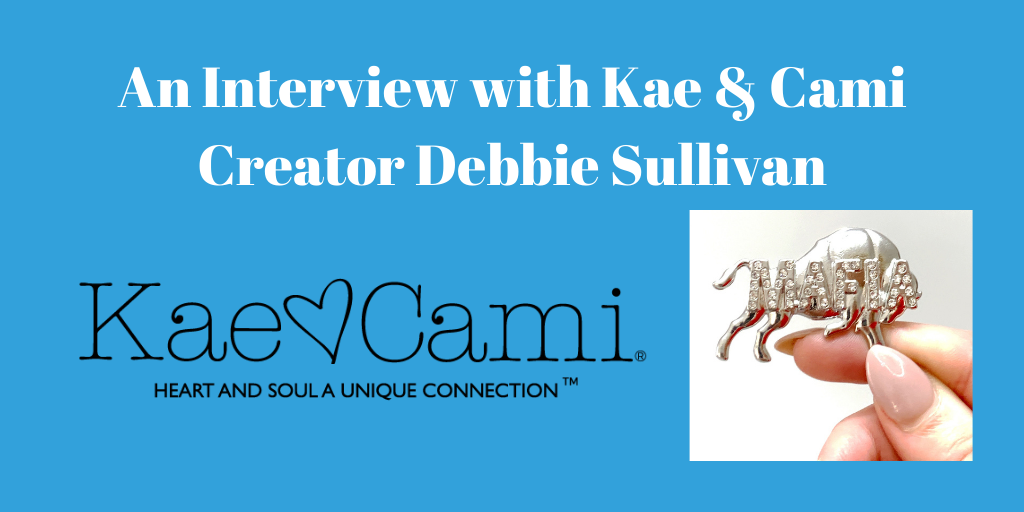 While it is unknown as to who actually invented the first horseshoe, some credit must be given to Buffalo, New York’s African American Inventor, Oscar E. Brown. Oscar Brown was an African American inventor and a part of Western New York’s history. In 1892, Brown was issued the United States Patent No. 481, 271 for the improved “horseshoe.”
While it is unknown as to who actually invented the first horseshoe, some credit must be given to Buffalo, New York’s African American Inventor, Oscar E. Brown. Oscar Brown was an African American inventor and a part of Western New York’s history. In 1892, Brown was issued the United States Patent No. 481, 271 for the improved “horseshoe.”
While there had been prior patents granted for the horseshoe, including an 1835 patent granted to Henry Burden of Troy, New York for a horseshoe manufacturing machine, Brown patented an improved double or compound horseshoe. This horseshoe improved upon the patent granted to J.B. Kendall in 1861 for the first composite horseshoe. Brown’s horseshoe was made of an upper shoe secured to the hoof of the horse and a lower auxiliary shoe irremovably attached to the upper shoe. The goal of this improved horseshoe was to provide a secure and reliable lock for fastening the lower shoe to the upper shoe. It would permit the lower shoe to be applied and removed from the upper shoe whenever it became necessary to renew the lower shoe or re-sharpen its calks.
The qualifications for patenting an idea in the late 1800s and today are similar, if not exactly the same. Today, the idea must be “patentable subject matter,” which is defined by 35 U.S.C. §101 as any “process, machine, manufacture or composition of matter” or any “improvement thereof”. In addition, these basic criteria must be met regarding the subject matter:
- The idea must relate to something which is useful–what is it useful for and why?
- The idea must be novel or “new.” This is met if the subject matter has not been previously known or used by others, or if the idea was the subject of a prior patent or printed publication published more than one year from the invention of the subject matter. The novelty requirement is alive in the Patent Act at 35 U.S.C. §102.
- The idea must not be obvious to one having ordinary skills in the relevant technical discipline to which the invention relates. This requirement is located at 35 U.S.C. §103, and provides that a patent shall not be granted if, at the time the invention was made, the “differences between the subject matter sought to be patented and the prior art are such that the subject matter as a whole would have been obvious … to a person having ordinary skill in the art to which the subject matter pertains….” The non-obviousness requirement i
 s a subjectively-applied objective test. It requires an analysis of the scope and content of the prior patent and a determination of the level of “ordinary skill” in the field of the patent.
s a subjectively-applied objective test. It requires an analysis of the scope and content of the prior patent and a determination of the level of “ordinary skill” in the field of the patent.
The patent process is no guarantee, but if the shoe fits your idea or improvement, like Mr. Brown’s, will secure the protection and benefits of a United States Patent.









